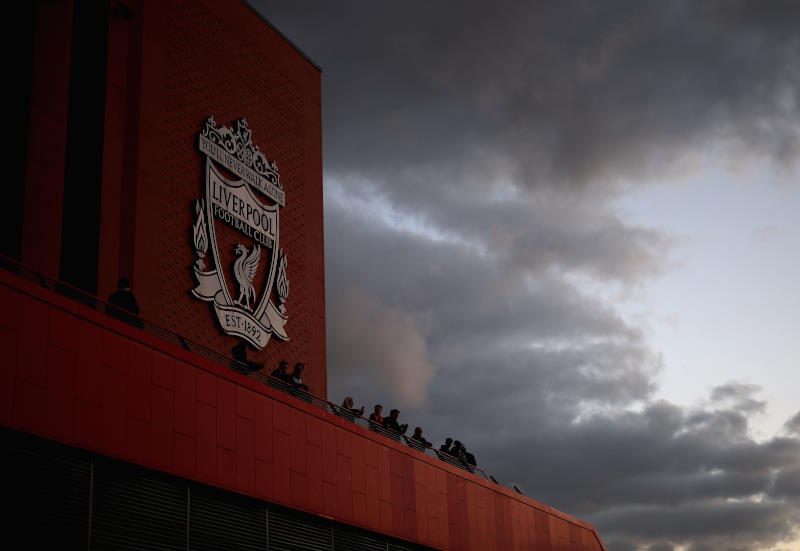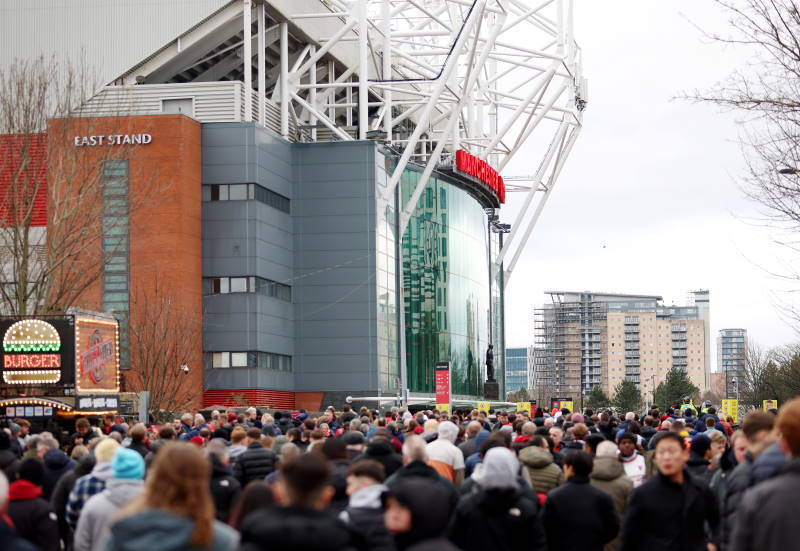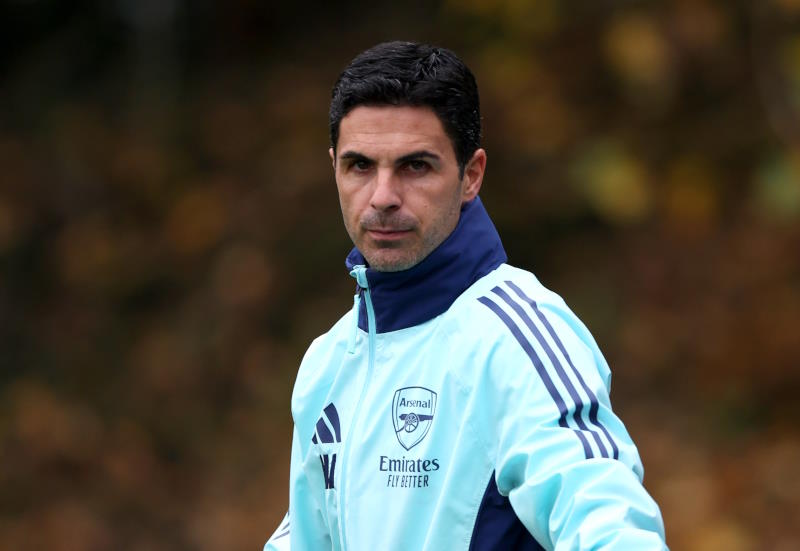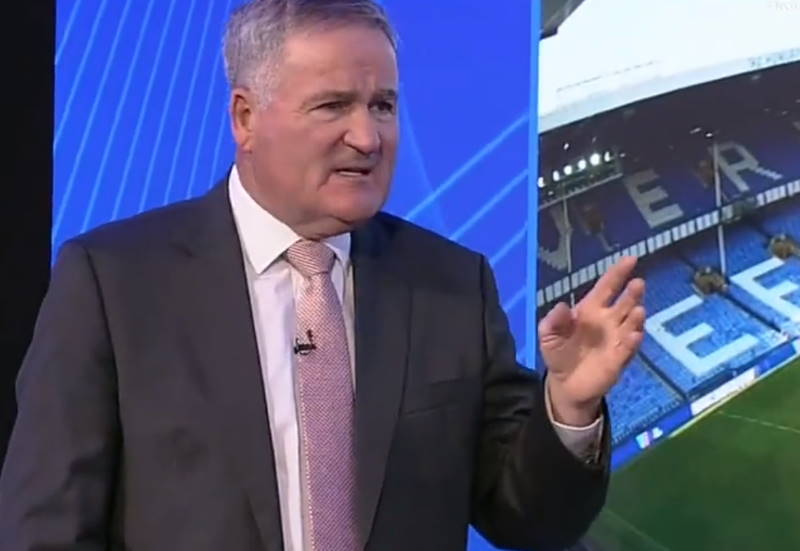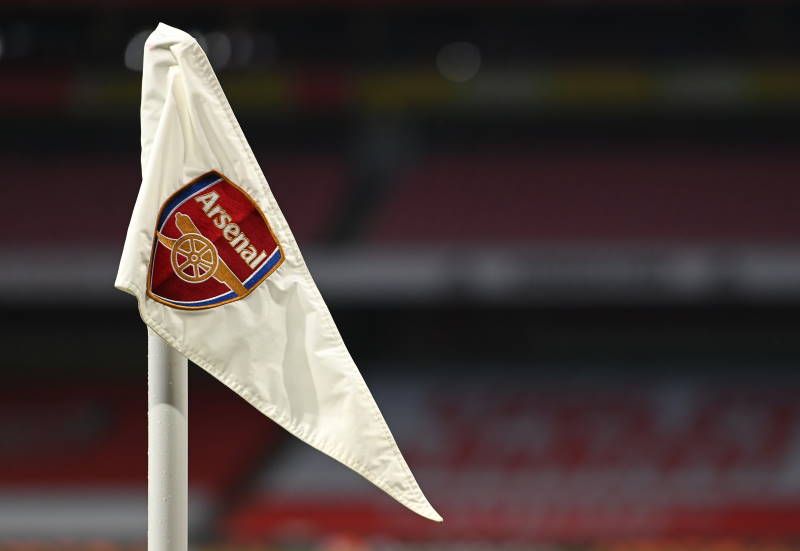
As the promotion and relegation battles begin to be settled, the focus tends to shift onto the smaller sides clambering improbably into the top division, setting up a romantic tale of the plucky minnows aiming to give Goliath one in the eye.
While stories such as Swansea and Wigan in the English Premier League warm the heart of neutrals – especially if they play with the verve and ambition of Brendan Rodgers and Roberto Martinez’ charges – there is a tragic flipside to this social mobility. Often those going down are former champions, gilded names tarnished by mismanagement, misfortune and missed opportunities to solidify their glorious histories. With the same old faces – West Ham and regular also-rans Eintracht Frankfurt, Pescara and Real Valladolid – coming up, the focus in Europe shifts to the former giants at serious risk of a mighty fall.
Aston Villa were never expected to set the Premier League alight this season. Arguably the first footballing dynasty back in the 1890s, that golden era remains only in sepia-tinted photographs, and success has translated only fitfully into modern times – they may be one of only four English sides to become European champions, but the league title that facilitated the tilt at Europe was the first in 70 years, and with another 31 having elapsed since, a further championship could be another lifetime away.
Having finished as runners-up in the inaugural Premier League season 20 years ago, bagged a couple of League Cups and established several title challenges, Aston Villa had relative success in the 1990s – unfortunately though, the top four then did not mean entry into the riches of Europe’s top competition, and repeating promising performances on a moderate budget has been beyond them in recent times. Three successive top six finishes and two Wembley trips under Martin O’Neill brought renewed hope, but regularly selling their best players has undermined attempted revivals, leading to the Ulsterman’s departure and last season’s relegation battle.
Considering the turmoil of that year was followed by the sales of Ashley Young and Stewart Downing – the two chief creative influences in a side that struggle to score – and only answered with the inconsistent Charles N’Zogbia, uneasily fitted into the defensive dogma of the deeply unpopular manager Alex McLeish, another season of mid-table mediocrity seemed the best available outcome.
However, the decline of Villa from Champions League hopefuls to potential relegation candidates in two years has been dramatic. Chief among the sides heading in the opposite direction is Manchester City, a team whose rise came just as Villa’s American owner Randy Lerner’s largesse began to suffer and which also hammered in any loose nails in the Champions League dream, but other factors such as a small squad light on strikers and creativity and spots of bad luck (see the cup runs of 2010) aided in hastening the descent down the table. Having only just averted relegation on the penultimate weekend, with players involved in off-the-pitch scuffles and fans verging on mutiny, the future looks bleak, and could see second-tier football at the famous Villa Park should the malaise linger any longer.
Aston Villa’s glorious past is not the only trophy-laden history weighing down on a struggling side. Hamburg, European champions the year after Villa in 1983, have had a shocking year, with the Bundesliga’s only permanent member narrowly avoiding relegation, finishing just above the drop zone in 15th. Sporting director Frank Arnesen’s policy of hiring the odds and sods from former club Chelsea’s reserves has not paid off, and the footballing focal point of Germany’s second city is in yet another civil war.
Having had 10 managers in the last five years, Hamburg have become a bit of a basket case in the relatively level-headed Bundesliga (if not quite as mad as fellow lunatics 1.FC Koln, Hertha Berlin and wherever Felix Magath pitches up), yet this has not stopped them attracting players of the calibre of Vincent Kompany and Rafael van der Vaart in recent seasons. However, the 124-year-old club failed to capitalise on Champions League qualification in 2006, allowing Bayer Leverkusen and Schalke to surge ahead, while several lacklustre league campaigns have seen former fallen giants Borussia Dortmund and Monchengladbach claw their way past their illustrious northern rivals. Unable to draw in such valuable talents, with less money than Leverkusen or Schalke and a worse youth system than the resurgent Borussias or Werder Bremen, Hamburg’s precarious current predicament was directly caused by boardroom instability and managerial hubris – with the Bundelsiga more buoyant than ever, regaining ground will be tough, especially if the Rothosen carry on in such crazy fashion.
Hamburg may be maddening for their fans, but for real insanity the place to look is Serie A, where even in the good times clubs like Inter Milan – on their third coach of the season and the fifth since their Jose Mourinho-made treble two years ago – and Napoli make the Manchester City of old seem as grey and sober as a rain-soaked former British Prime Minister John Major. As grand old names have toiled, lesser lights like Udinese have grown in stature, a well-organised youth and scouting system allowing them to outperform their smaller budget. Compared to Roma’s struggles with Luis Enrique’s attempts to recreate Barcelona in the Italian capital or Fiorentina – whose rollercoaster decade has seen them relegated, go bankrupt and qualify for the Champions League, before manager Delio Rossi was sacked last week after assaulting his own player during a crucial match – such Friulian frugality is all the more admirable.
The glamour clubs of Rome, Milan, Florence and Turin have had their share of drama in recent years, but one city has seen more tumultuous goings on than any other. Genoa, the first Italian league champions and the club with the fourth-highest total of scudetti titles, hover only three points above the relegation zone, and with one match to play their vastly inferior goal difference would mean a Lecce win, coupled with defeat at home to Palermo, would see the club return to Serie B for the first time since 2007. The big money January signing of World Cup-winner Alberto Gilardino has failed to turn around results, and a side that was in Europe three seasons ago now stands ominously above the trap door. Should Genoa go down they should meet city-rivals Sampdoria, whose disastrous decision to sell both Antonio Cassano and Giampaolo Pazzini in January 2011 precipitated their relegation, a mere 12 months after qualifying for the Champions League. With Sampdoria in contention for promotion though, relegation for Genoa could be doubly humiliating.
What Genoa, Hamburg and Aston Villa have in common, other than the danger of demotion, is the way they have failed to adapt to the changing circumstances of modern football. Genoa continue to spend fortunes on players who jump ship to bigger clubs at the first opportunity, with managers paying the price when results consequently suffer, while Hamburg have also been guilty of chopping and changing their management too much, the Arnesen experiment failing to provide any continuity in the playing staff or quality in the youth team to rival those of other clubs. Aston Villa have a strong academy, and while Randy Lerner is a more supportive chairman than most, recent managerial instability has not really been their fault, but a failure to capitalise commercially or set up a sufficient scouting network internationally has seen the Midlands outfit fall behind similar-sized clubs like Everton, Tottenham Hotspur and Newcastle. In a global game such savvy is needed to negate unseen disasters, otherwise any inspired upstart can topple even the biggest name.




